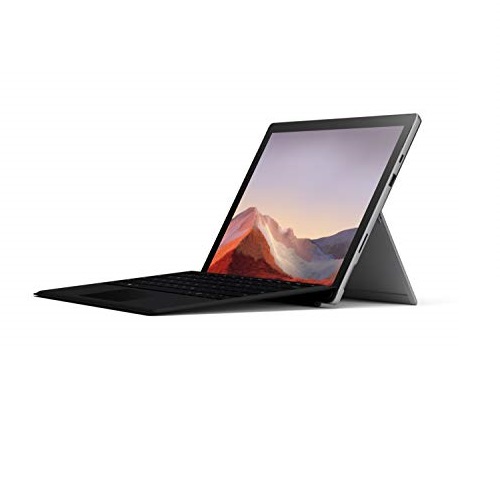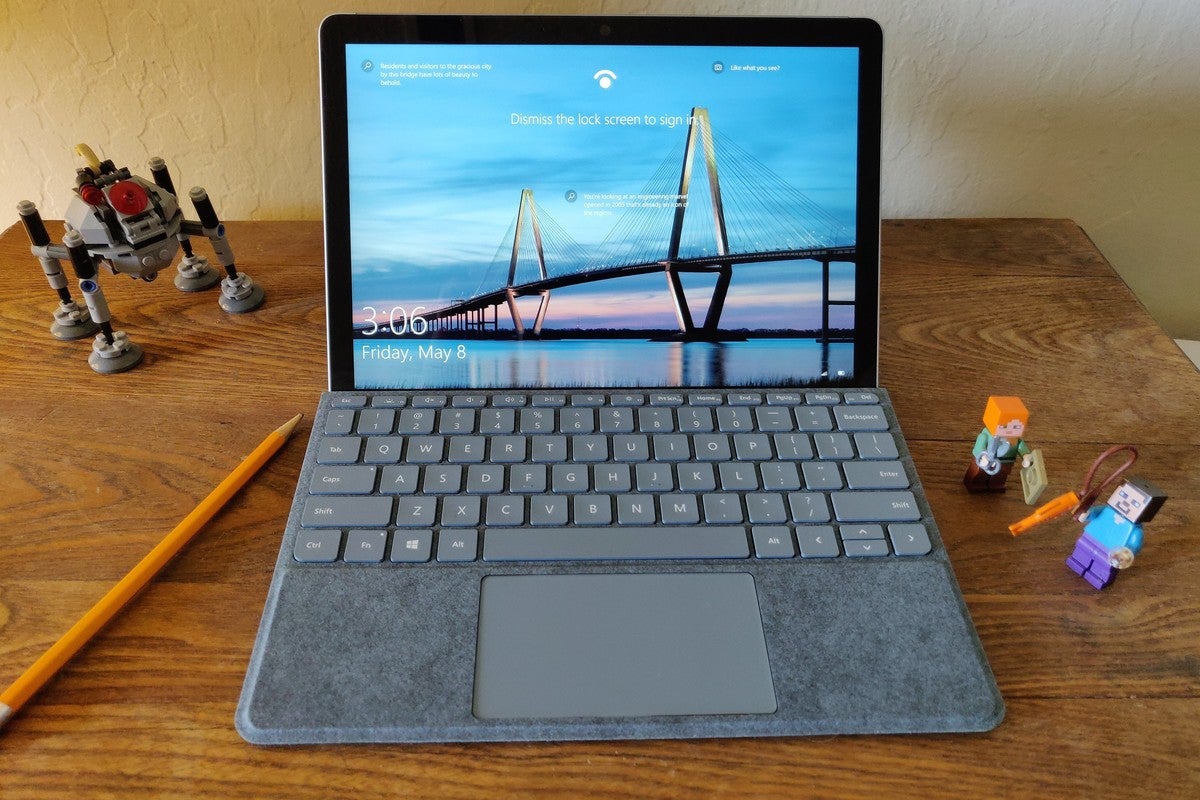

Depending on your budget, higher specs do exist and you can even go up to an i7-powered model with 16GB of RAM and a 1TB SSD. On my model, there was internally 8GB of LPDDR4x RAM, an Intel Core i5 1.10Ghz processor, and a 256GB SSD. Its bezels are a tad bit thick, but you’re still using a 12.3-inch touchscreen with a 2736 x 1824 resolution. On the surface (PUN FULLY INTENDED), Microsoft’s new tablet doesn’t look too dissimilar from previous devices and actually has a few antiquated aesthetics, but it’s exactly what you’d expect from a tablet. Being able to effortlessly switch between modes highlights the true strength of the Surface Pro 7, because while it may be exactly what you’d expect a tablet with entertainment options to be, it’s one of the best heavyweight tablets that you could ever use for work purposes.Īnd that has been a running theme with the last couple of weeks that I’ve spent with the Surface Pro 7, which was an invaluable option during random bouts of load shedding, coffee shop expeditions, and bedtime scribing. Not only is the Surface Pro 7 that I was sent for review a surprisingly terrific tablet, but it’s also technology that works even better as notebook if you’re prepared to shell out extra for its accessories. There’s a lot that you can do on an iPad, but there’s so much more that you can do on a Surface Pro thanks to it being a Windows device. There’s a reason why that brand has become the default choice for people wanting to buy a tablet, and that’s because the technology is sleek, polished, and surprisingly robust thanks to a number of apps that natively support it.Īpple’s not the only game in town though, and Microsoft’s own range of Surface tablets have become increasingly more viable in recent years thanks to its flexible muscle power that it can flex.

You think tablet devices, and the first slab of high-tech hardware that comes to mind is likely Apple’s iPad.


 0 kommentar(er)
0 kommentar(er)
